Japanese paper learning center
sightseeing
Map
Related Sightseeing Spots
Nearby spots
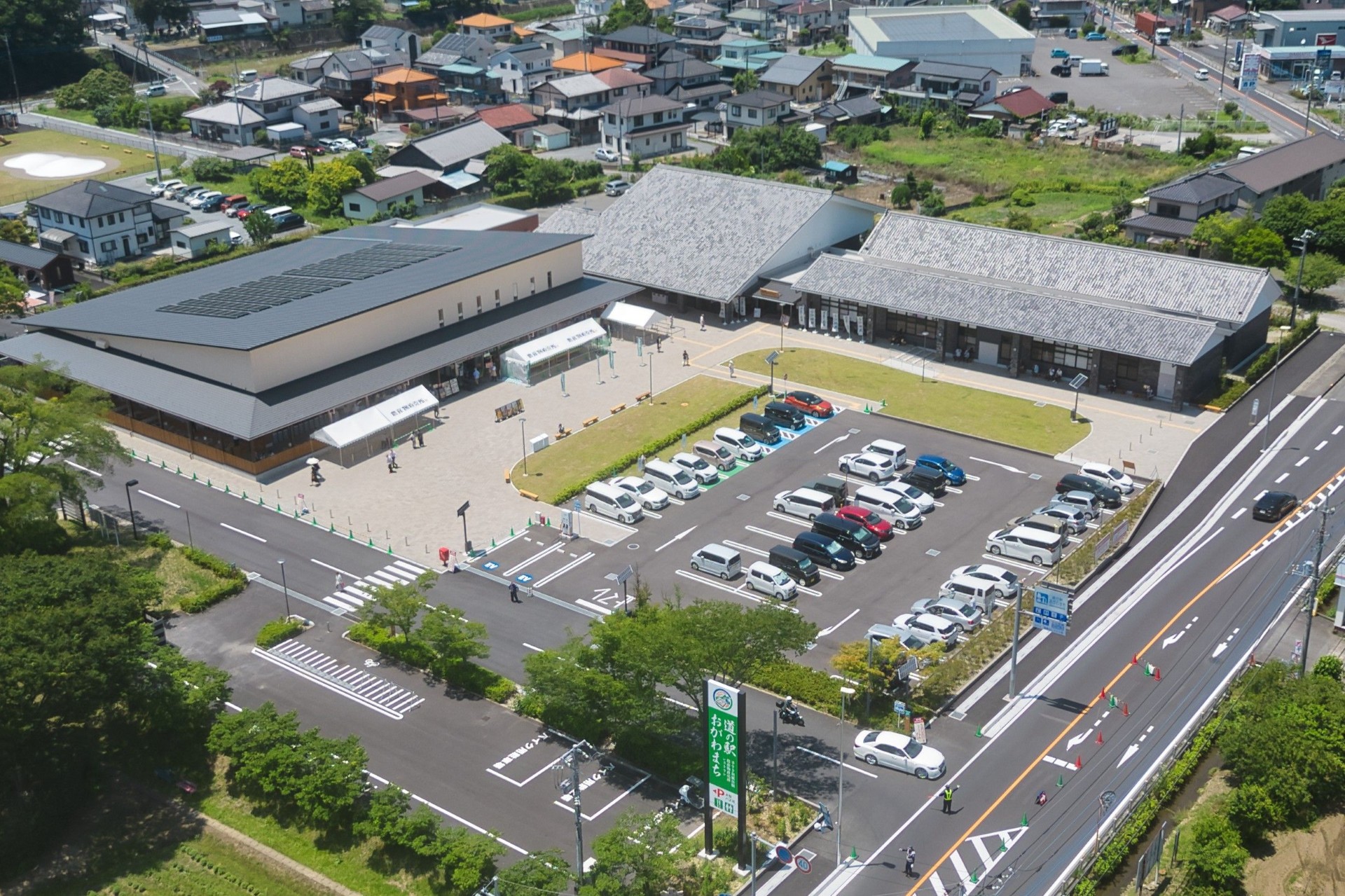
Reopening May 30, 2025: Roadside Station Ogawamachi is being renewed as a vibrant hub for cultural exchange and regional revitalization, centered around the theme of “Handmade Washi Paper and Organic Lifestyle.”
[Traditional Craft Area]
Try your hand at traditional papermaking, uchiwa fan crafting, and washi lantern making. Please visit our Traditional Crafts Facility page for more details. There’s also a washi exhibition room and a shop where you can purchase washi products.
[Local Industry Promotion Area]
Features a gift shop with local specialty products, a farmers' market selling fresh local produce, a cafeteria, and places to enjoy fast food and sweets.
[Community Plaza]
Includes a fun playground for children.
You can also rent electric bicycles for touring the surrounding countryside.
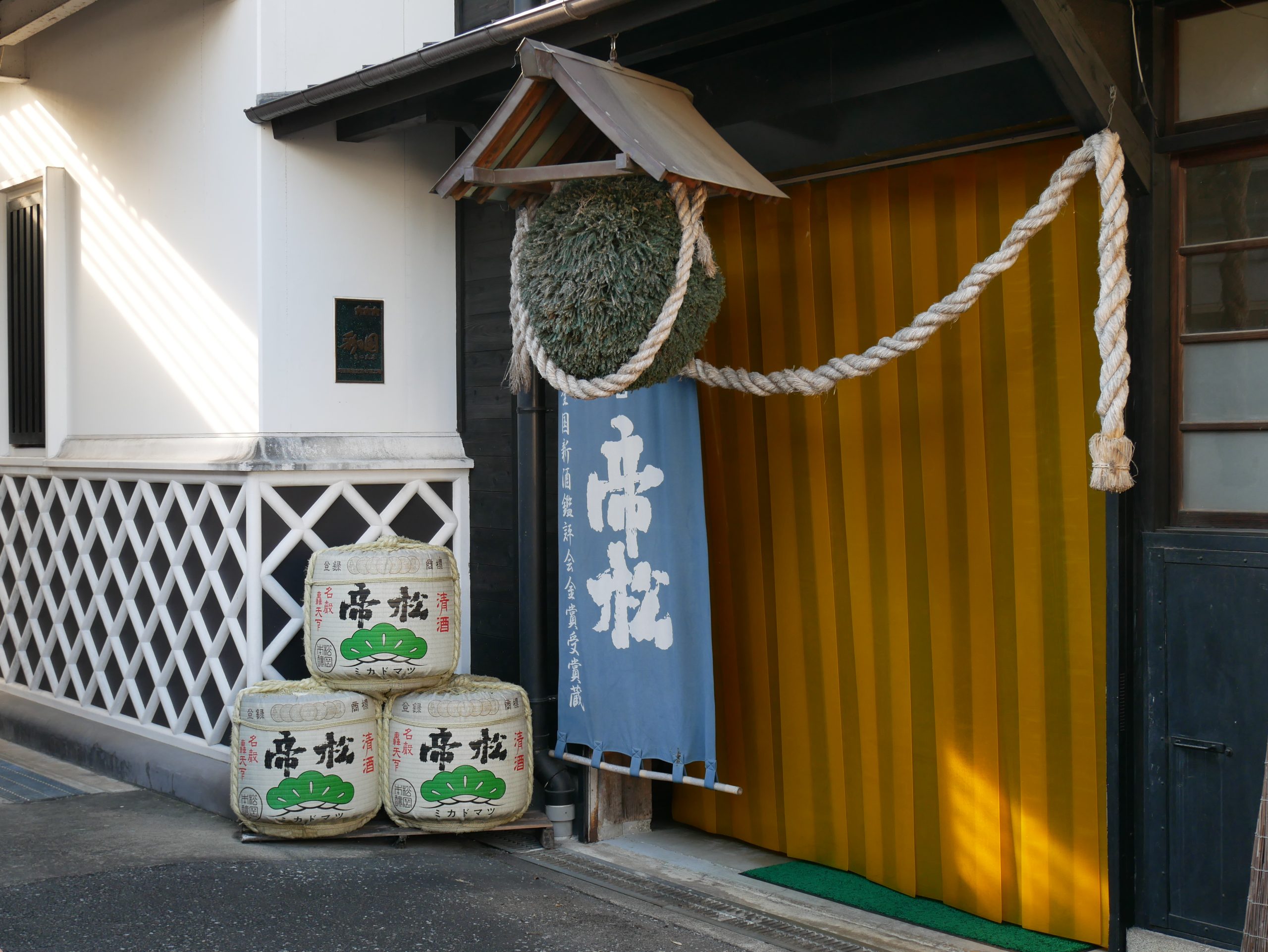
A brewery which holds a prefectural record for winning the gold medal at the Annual Japan Sake Awards for 8 consecutive years. Matsuoka Brewery originated when first generation brewer Matsuoka Emon, in search of higher quality water, moved his brewery from Niigata to Ogawamachi. The brewing water sourced from the Chichibu mountains has a higher concentration of minerals, pumped from a source 130 meters underground. At our brewery tour (reservation required), visitors can view the brewing warehouse, learn about the sake brewing process and enjoy a sake tasting. The Daiginjo (super premium sake) ice cream available at the brewery direct sales shop is a hit with children and adults alike. There is also a brewery restaurant, “Shofuan,” adjacent to the facility.
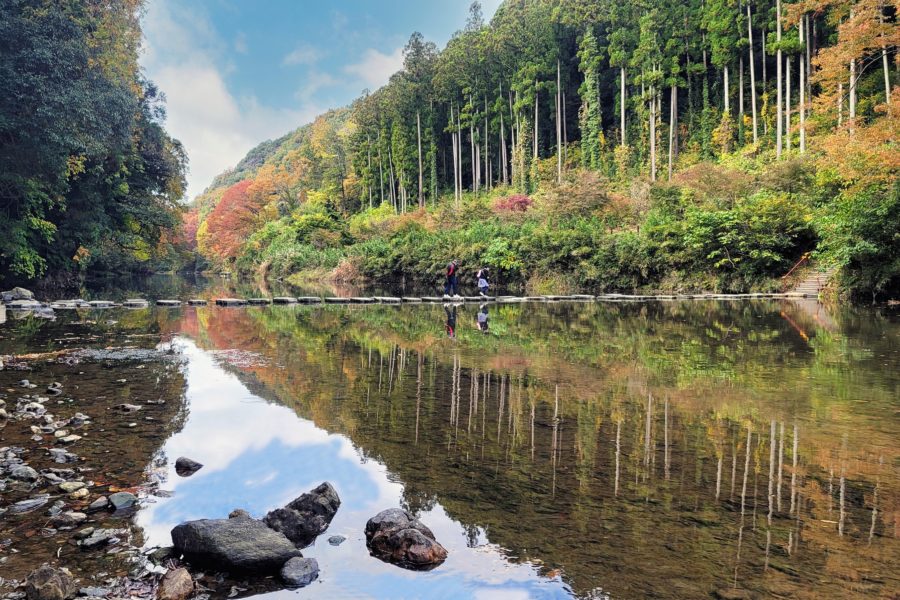
Ranzan Valley is one of Saitama Prefecture's famous scenic spots known for the Iwadatami rock terraces, the clear streams of the Tsukikawa River, and the heavily wooded natural environment. The Hosokawa area has a particularly unique peninsula-like topography, where a large river channel turns at a sharp 180 degree angle. The valley and surrounding Japanese red pine forests are a stunning sight! When Dr. Seiroku Honda, the first person in Japan to hold a Ph.D. of forestry, visited the area, he noted its great similarity to the landscape of Arashiyama in Kyoto, and referring to it as the "Arashiyama of Musashi Province," provided the origin of the name "Ranzan," another way to read "Arashiyama." In the summer, one can enjoy the fresh green and sounds of babbling brooks and chirping birds, in just an unbelievable one hour distance from the metropolis. In autumn you can also enjoy the reflection of the leaves on the surface of the water emphasized by the fiery red of the momiji maple trees. *Peak season for autumn leaves is mid-November to early December.
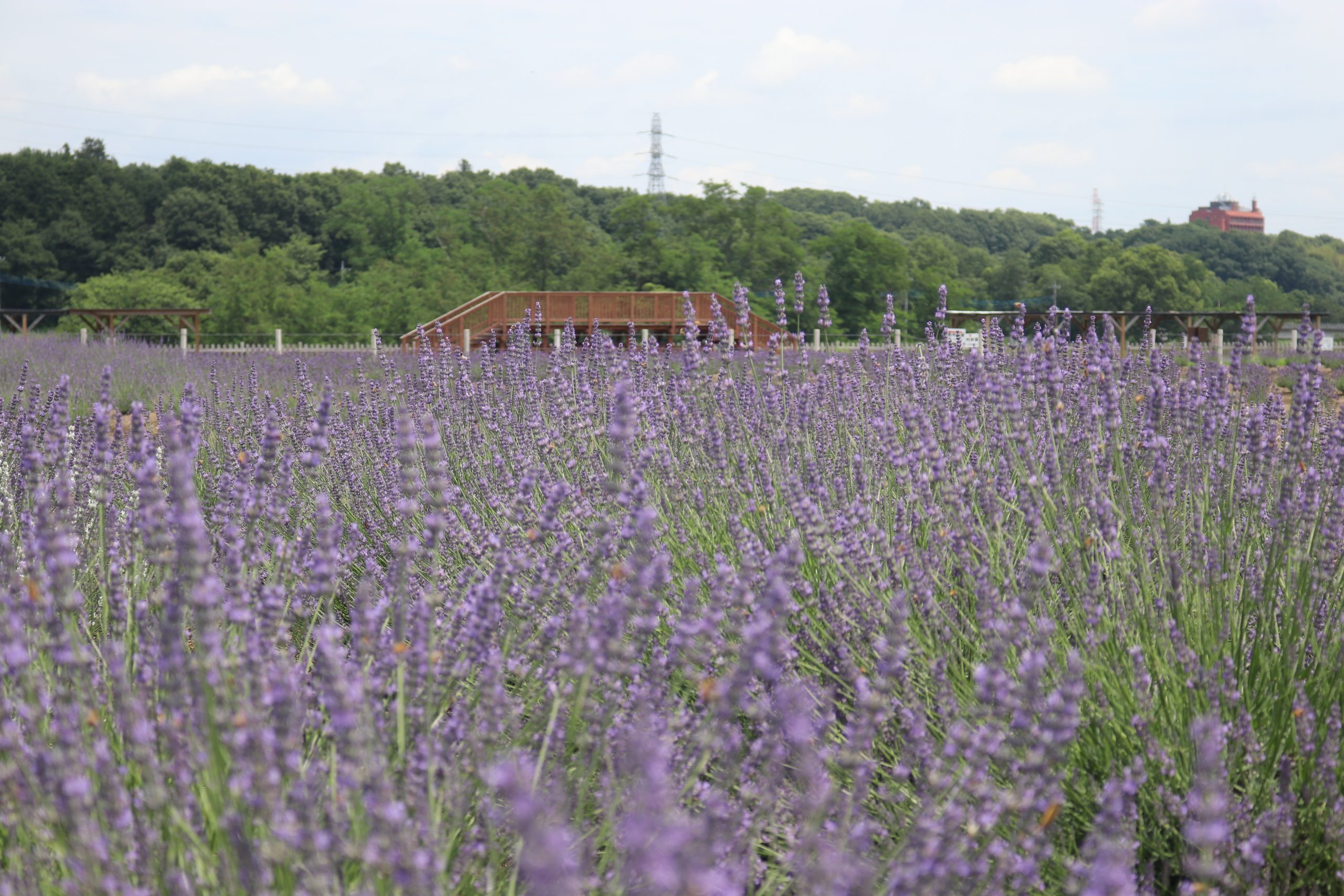
The Sennen no Sono Lavender Field spans approximately 6.5 hectares and boasts around 22,000 lavender plants including over 10 different lavender varieties, such as Grosso (French), Hidcote (English), and Avonview (Spanish). In late May, visitors can enjoy the enchanting sight of red, pink, and white poppies blooming alongside early-blooming lavender. By mid-June, a portion of the field transforms into a golden sea of wheat known as "Nourin 61," and towards the end of June, visitors can witness the spectacle of wheat harvesting. The annual Ranzan Lavender Festival takes place from early to late June, offering a wonderful opportunity to experience the beauty of the lavender field. *Please note that access to the fields is restricted after the festival as they undergo harvesting.
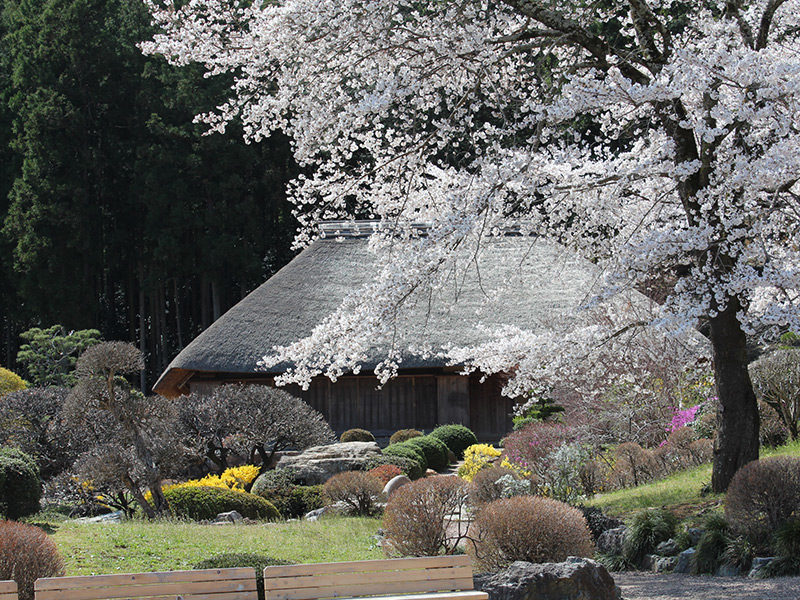
In addition to Japanese papermaking and seasonal experiences and workshops related to the Japanese paper, there's soba and udon handmaking experiences, and Japanese paper specialty goods and agricultural products available for purchase. The food court is chock-full of local village cuisine such as salted grilled artic char and oyaki. There's also a thatched-roof paper-making house inside the Japanese garden, where visitors can enjoy a relaxing space straight out of the Edo period.

